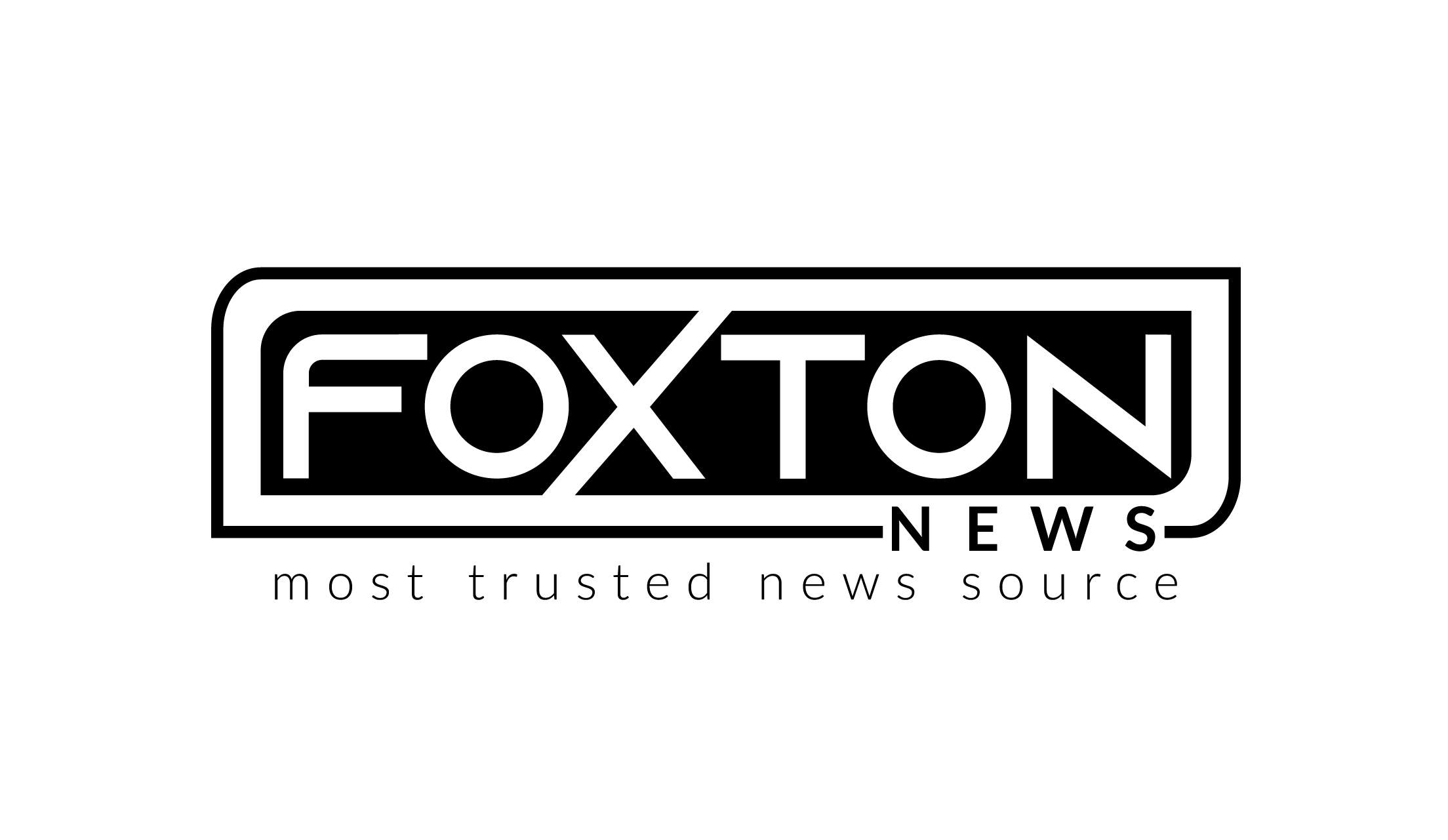U.S. Trucking Industry Braces for Deeper Slowdown Amid Tariff Pressures
The U.S. trucking industry is facing mounting pressure as a slowdown gains momentum, with insiders warning the worst may still lie ahead as tariffs begin to suppress import activity.
Freight volumes have dropped to near pre-pandemic levels, according to Craig Fuller, founder of FreightWaves, a leading logistics industry publication. “With imports deteriorating, volumes are expected to decline another 3-4% over the next month,” Fuller posted Tuesday on X, citing data from Sonar, the real-time freight platform he also founded. He called the trend a troubling indicator for the trucking sector in 2025.
FreightWaves reported that container volumes at the Port of Los Angeles are down 20% compared to last year. This decline spells serious trouble for trucking companies responsible for moving imported goods inland. The outlet also noted that truck activity leaving the metro area is now approaching levels last seen during the 2020 COVID lockdowns.
These signs of stress come amid broader economic concerns, driven in part by President Donald Trump’s evolving trade war and the impact of new tariffs.
On Tuesday, the International Monetary Fund downgraded its global growth forecast to 2.8% for the year, down from 3.6% in January. The IMF also slashed its outlook for U.S. GDP growth to 1.8%, from 2.7%, citing uncertainty and unpredictable policymaking out of the White House. Updated GDP figures are expected next Wednesday.
“Freight carriers are deeply tied to the overall health of the U.S. economy,” said John Crum, head of specialty equipment finance at Wells Fargo. “Many in the industry are withholding judgment on their outlooks until the full impact of tariffs becomes clear.”
Trucks remain the dominant mode of freight transport in the U.S., moving everything from raw materials to high-value goods. Imports accounted for roughly 40% of domestic truck freight tonnage in 2023, according to federal data.
While freight companies are reluctant to make firm predictions, many remain cautious about 2025. “There’s still a lot of hesitation about where volumes are headed,” Crum added.
Still, there may be a small cushion. Jeremy Jansen, managing director of supply chain finance at Wells Fargo, noted that many companies now have “slightly healthier profit margins than in 2018 or 2019, which might help them absorb some of the tariff-related costs.”
This growing pessimism is a stark reversal from just a few months ago, when experts predicted a rebound in trucking after two years of decline. The American Trucking Association had projected a 1.6% increase in freight for 2025, releasing that forecast days before Trump’s second inauguration in January.
ATA President and CEO Chris Spear emphasized the importance of understanding supply chain trends for policymakers at all levels. “These trends should guide decisions in Washington and across the country,” he said in a January statement.
But since then, consumer confidence has dropped, business leaders have issued cautious earnings guidance, and Wall Street has reacted nervously to the administration’s shifting trade policies. Small businesses, in particular, are scrambling to stock up before steeper tariffs take hold, despite already facing higher supplier costs.
With parts of Trump’s sweeping April 2 tariff package temporarily delayed, shipping activity may pick up briefly in Q2 as consumers rush to buy goods before prices rise, according to Cass Information Systems. However, the group warns that the longer-term effect will likely be an extended freight recession, as higher prices weigh on consumer spending and reduce purchasing power.
Federal data shows imports surged 21.4% through February, while exports rose a more modest 4.6%. Meanwhile, the Cass Freight Index fell 5.5% in 2023 and 4.1% last year, and is now on pace for another decline in 2025.
Amid the turbulence, Mack Trucks recently announced layoffs affecting hundreds at its Pennsylvania plant, citing slowing demand and economic uncertainty. Pennsylvania Gov. Josh Shapiro criticized the move, linking it directly to the impact of tariffs.
“I’m afraid we’ll see more of this—higher prices, more layoffs, and less investment,” Shapiro said last week.
Fuller echoed the sentiment in a follow-up post on X after discouraging manufacturing data was released: “The economy has COVID,” he wrote. “The only cure is a rollback of the tariffs.”

